MARMELADA LIMÃO
When life gives you lemons, make lemon marmalade, crack open the tequila and learn to juggle. I love lemons and our orange marmalade and lemon curd was such a success that I thought I would make some lemon marmalade. We have a huge amount of lemons in our freezer which were given to us by our neighbour so we took some out of the freezer and thawed them overnight. One of the simple joys of living in Portugal is growing orange and lemon trees. I absolutely adore citrus fruits especially for breakfast al fresco.
I used this recipe: https://itsnotcomplicatedrecipes.com/three-ingredient-lemon-marmalade/
Ingredients:
You only need 3 ingredients:
- 500 g (17.5 ounces) unwaxed lemons (I used organic home-grown)
- 6 cups (1.5 litre) water
- 8 cups (1.8kg) granulated sugar
Instructions:
- Place 2 saucers or small plates in the freezer, ready to check for the setting point of your marmalade.
- Thoroughly wash the lemons. Remove each end of the lemons and cut the lemons into quarters lengthways. Holding two of the quarters together, slice as thinly as possible and remove any seeds.
- Place the lemon slices in a non-reactive bowl. Add 6 cups of water, cover the bowl and leave the lemons to stand overnight.
- The following day, place the lemons and water into a large, non-reactive saucepan.
- Over medium-high heat, bring the fruit and water to the boil. Boil for approximately 15 minutes or until the lemon peel is tender, stirring occasionally with a long-handled wooden spoon. The time may vary slightly depending on the variety of lemon and the thickness of the slices.
- Add the sugar and stir well to dissolve it. After dissolving the sugar, return the fruit to the boil, stir occasionally and skim to remove any foam. Continue to stir until the marmalade reaches setting point, about 20 minutes.
- To test for setting point, I use the “wrinkle” test. Take one of your saucers from the freezer and pour a small amount of marmalade onto it. Let it cool for a minute then push against the marmalade with the tip of your finger. If the surface wrinkles it means setting point has been reached. Alternatively, if you are not confident checking this way or are not experienced at making marmalade, you can use the fail-safe method of using a jam/candy thermometer which you clip to the side of your saucepan. When attaching your thermometer, make sure that the base is not touching the bottom of the saucepan. Your marmalade has reached setting point when the temperature reaches 104.5 degree C or 220 degrees F. It will still be liquid at this point, and will set as it cools.
- Take the mixture off the heat and let the marmalade stand for about 10 minutes. This will help evenly distribute the fruit throughout the jars.
- Don’t forget to sterilise your jars.
Juggling skills
While you are waiting for the marmalade to cook, drink some tequila and practice your juggling skills. Or in my case just hit myself in my face with a lemon (ha ha). Lock down madness! My juggling skills are about as good as my Portuguese language skills so I wont be joining the circus anytime soon. I recently tried out arial skills and my rope climbing and trapeze skills were equally as crap so I think I’m just going to have to be a circus clown (ha ha).
Conclusion
This lemon marmalade is so tasty. I can’t decide which I prefer more the orange or the lemon so next time I am going to try a mix of orange and lemon marmalade. You can eat it with anything really, on bread, in a cake, on top of breakfast porridge or just a spoonful straight in your mouth from the jar! There was a lot more sugar used in this lemon marmalade but it makes sense as lemons are obviously bitter fruit. I was surprised to find only 1 single pip in all the lemons. I have saved the seed and who knows I might grow another lemon tree from a single one off seed. I probably should have sliced the lemons up smaller but it tastes divine and I rather like the chunky tangy lemon bits. Be careful when you add the sugar as mine foamed up and spilled out all over my cooker top (ha ha). This recipe is so very easy to make and set really well. I always panic that my jam and marmalade isn’t going to set. It’s so tangy, zesty, fruity, refreshing and very sweet, it’s a beautiful caramelised colour too and smells epic! Just perfect for Spring days. My whole house had a beautiful fragrant aroma for days! I also learnt that the word marmalade originates from the Portuguese word marmelos, a quince spread similar in texture to an orange spread. I love learning new facts at my ripe old age (ha ha).

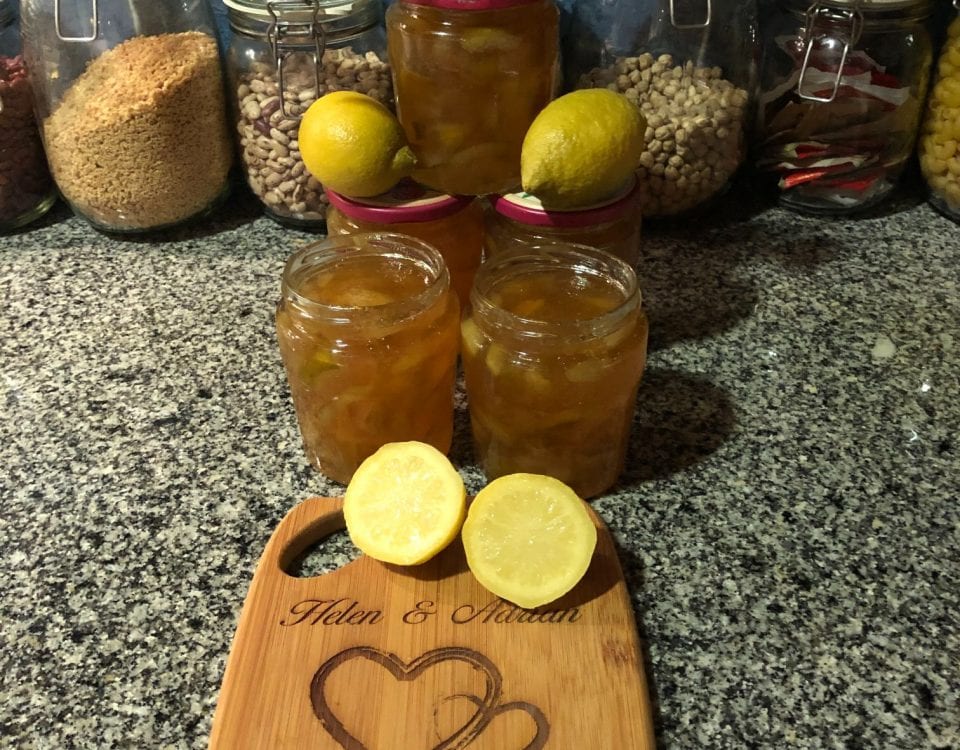
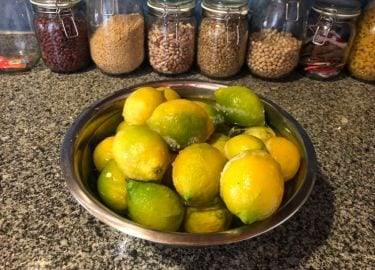

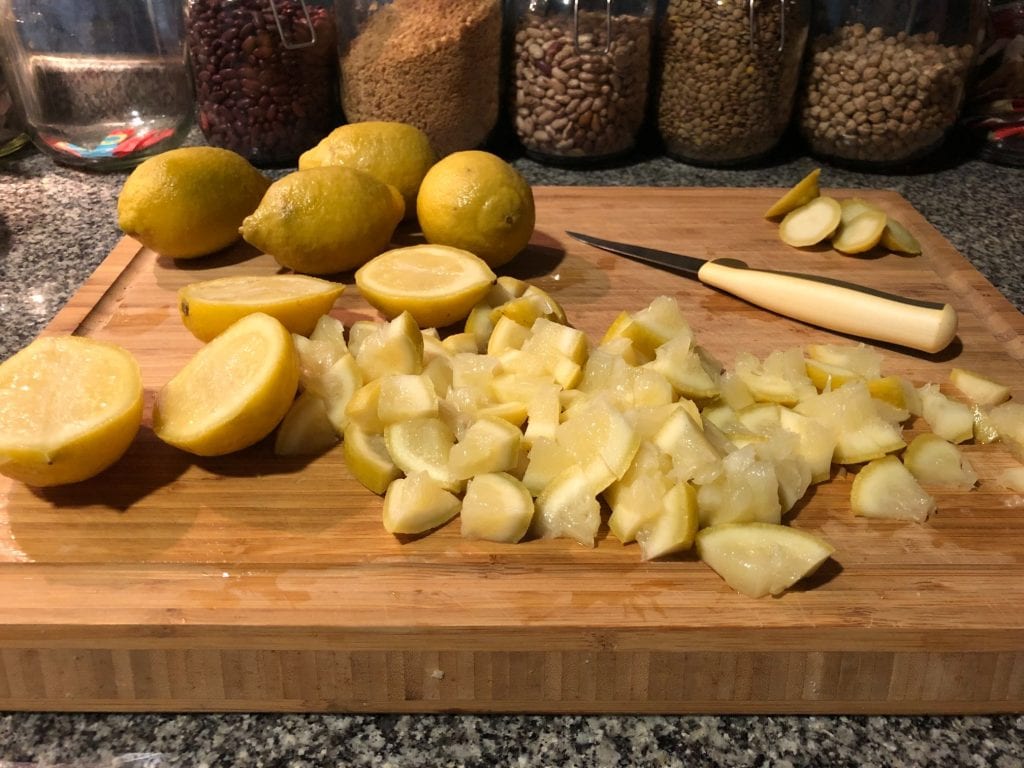
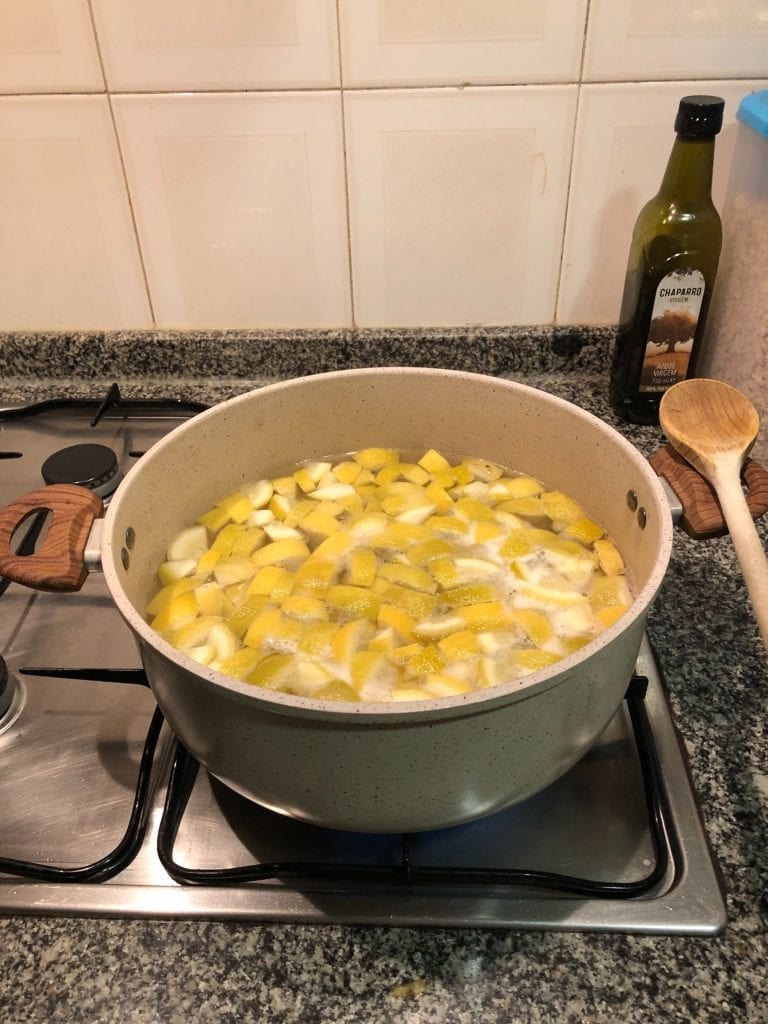
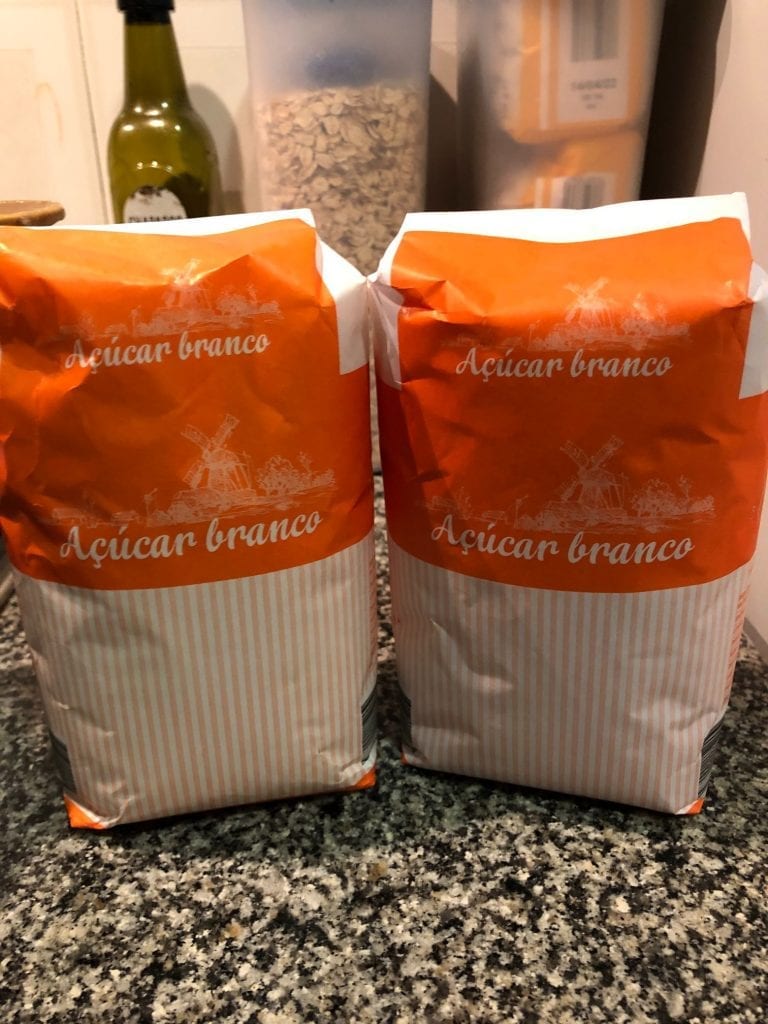
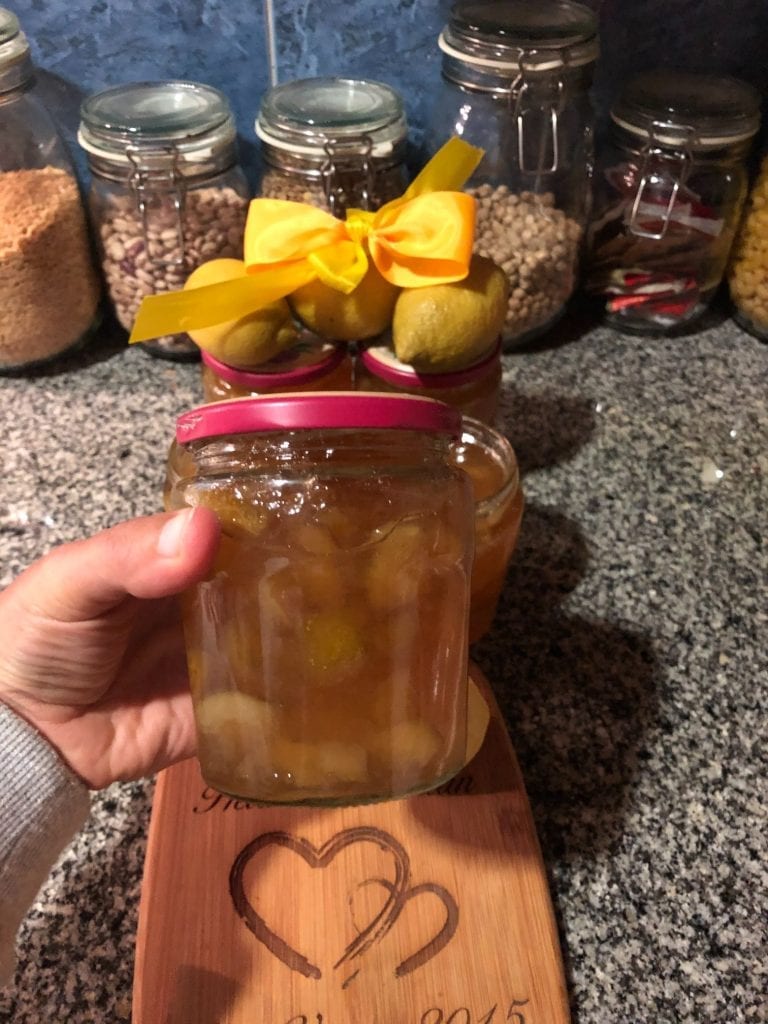
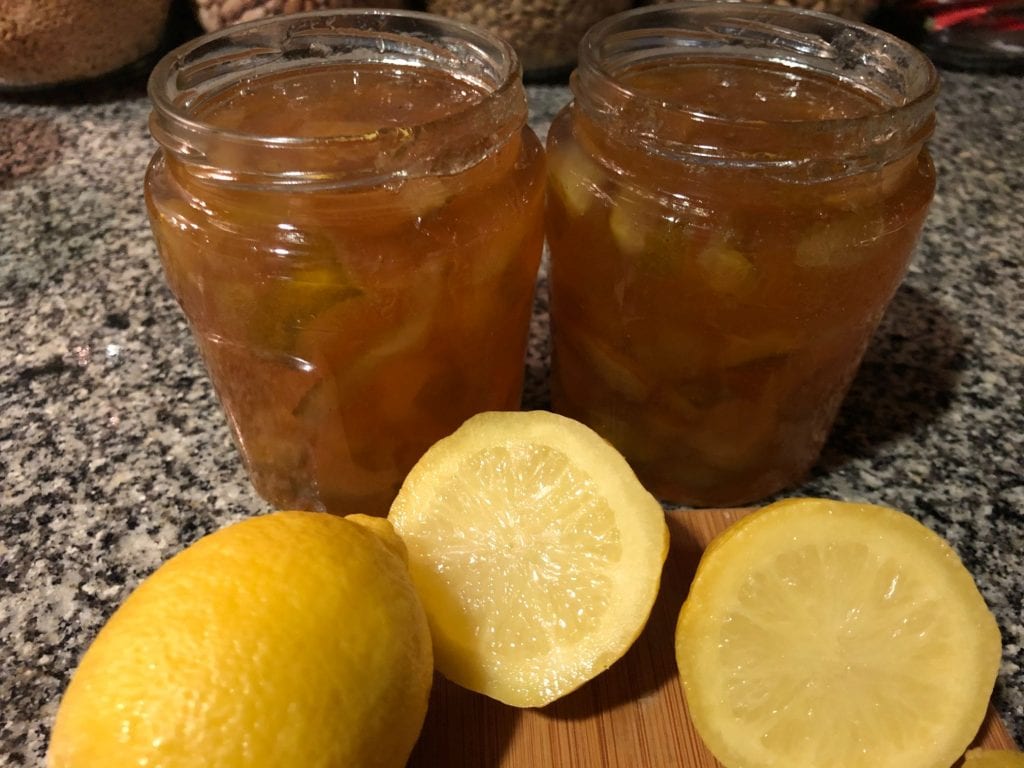
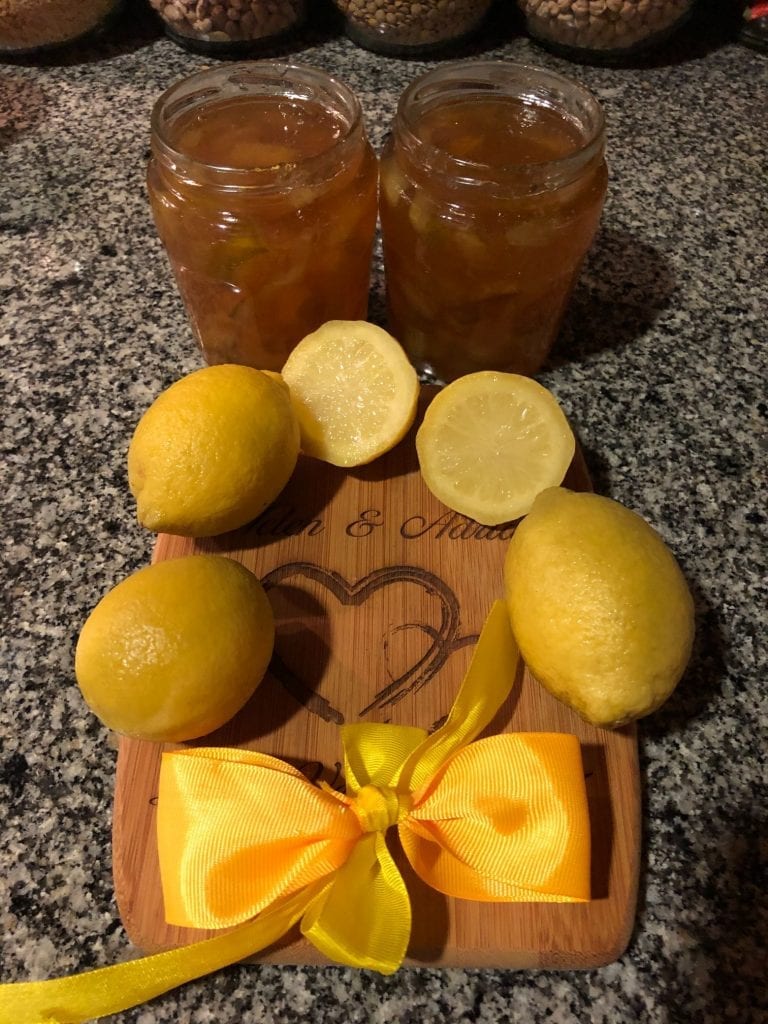


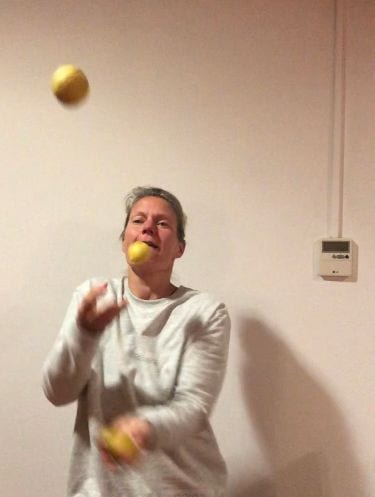


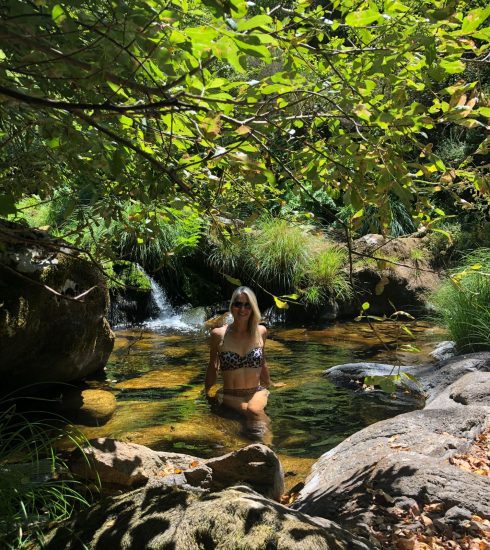


2 Comments
HFFC
5 years agoIs everything OK? You stopped posting here
Helen
5 years agoHi,
I am fine, thanks for checking in with me. We have been super busy working on the renovation project in the garden transforming the old tiny ruin into a chicken coop and run. I am working on a couple of posts and they are work in progress. Due to lockdown and not being able to leave our municipal at weekends it has meant we can’t go on day trips so not much exciting stuff to post on. Hopefully this will change in the near future.
We have took a couple of schist trail hiking routes local to us. I often post these on the Casa Valhal Instagram account and the Casa Valhal Facebook page as well as my personal Facebook so you can always have a look there if you like.
Thanks,
Helen.